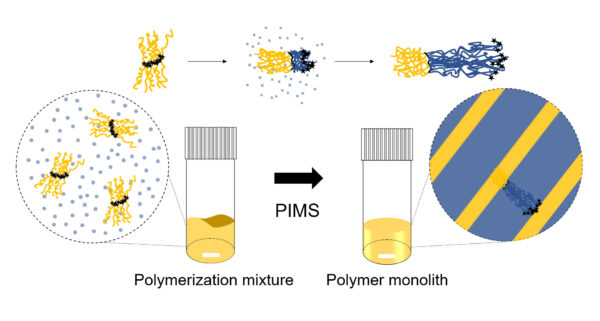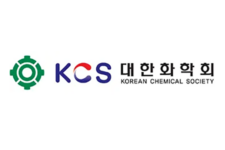Our new paper entitled “Drive to Asymmetric Lamellar Order by Polymerization-Induced Microphase Separation from the Janus Bottlebrush Architecture” by Changsu Yoo and Myungeun Seo was published in Macromolecules.
The study explores an innovative type of polymer known as Janus bottlebrush polymers. These unique polymers have different types of side chains attached to each segment of their main structure, which helps them organize themselves better on a microscopic level.
We used a method called polymerization-induced microphase separation (PIMS) to create these polymers. This technique allows for the self-assembly of materials during the process of making them, leading to finely structured polymers without needing extra solvents. Most past studies on this method have focused on simpler types of polymers that often lead to mixed, less organized structures.
In this research, Changsu made nanomaterials from Janus bottlebrush polymers using PIMS. He began with a bottlebrush polymer made from poly(lactic acid) and added styrene to create new polymer chains. This process resulted in a well-organized structure where the two types of side chains in the Janus bottlebrush were neatly arranged in different areas.
One of the key findings is that these Janus bottlebrush polymers show better separation and organization than traditional block copolymers, especially at lower levels of polymerization. They maintain a layered structure even when the composition is highly uneven, while typical block copolymers would change to a different shape under similar conditions. Additionally, the layers in these polymers were more evenly spaced compared to samples made through other methods.
Overall, the study suggests that Janus bottlebrush polymers provide a new and effective way to create unique material structures. This approach could lead to new advancements in material science by allowing for better control over the properties at a microscopic level.


